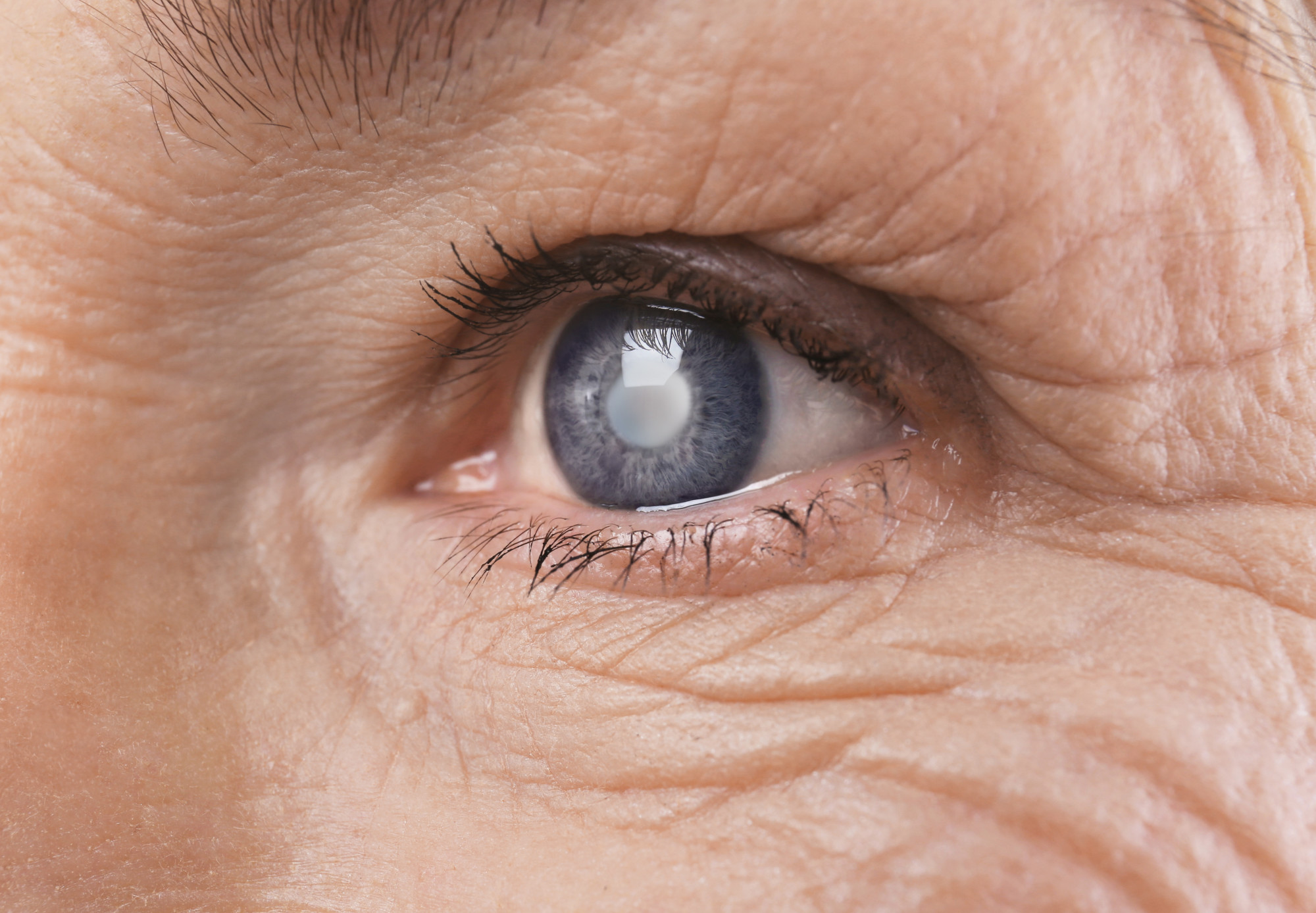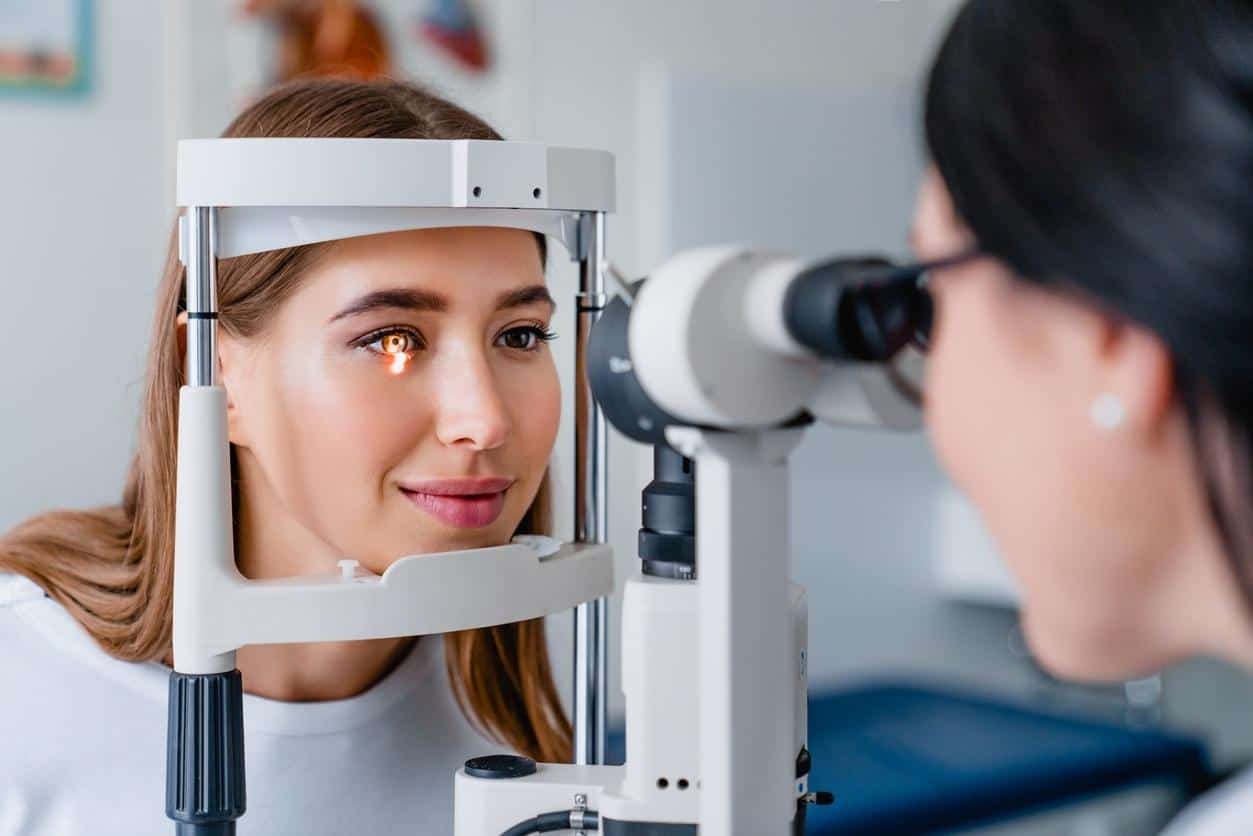How much information do you know about glaucoma? The common knowledge about this is that it is an eye disease. Not known to many, it occurs most frequently in individuals who are more than 40 years old. If you’ve reached this age, it is then essential for you to know the early signs of glaucoma.
For some families, this illness is hereditary. Incidentally, there is an estimate of more than 2 million Americans are suffering from glaucoma. Unfortunately, this number is expected to increase as the American population ages. Moreover, nearsighted people, or diabetes patients, are also likely to develop glaucoma.
What is Glaucoma?

According to Mayo Clinic, “Glaucoma is a group of eye conditions that damage the optic nerve, the health of which is vital for good vision.” Relatively, the said damage is frequently a result of unusually high pressure inside the eye. Also, glaucoma is among the leading root or source of blindness for people more than 60 years of age. A person of any age may suffer from it, but this illness is quite common among older adults.
Necessarily, there are no early signs of glaucoma whatever form it is. The impact may be gradual that the change in vision may not be noticeable until your condition reaches an advanced stage.
What are the Kinds of Glaucoma?
Glaucoma occurs in different forms. If you are concerned about this eye disease, you need to know which type is likely to occur in you or your loved one. Below are the 5 significant types of glaucoma you need to know:
1. Primary Open Angle Glaucoma or POAG
The most common glaucoma type wherein the eye’s drainage mechanism becomes clogged. In addition, the fluid accumulation in this type can cause pressure within the eye. The pressure then causes damage to the optic nerve, transmitting information from the eye, going to the brain.
2. Normal-Tension Glaucoma
Also known as low-pressure glaucoma, this type causes damage to the optic nerve, although the pressure in the eye is not extremely elevated. In relation to this, some of the risk factors of Normal-Tension Glaucoma is a family history of any type of illness, Japanese ancestry, and cardiovascular disease.
3. Angle Closure Glaucoma
This type of glaucoma is less common than POAG, specifically in the United States. More so, the aqueous cannot correctly drain as the entrance to the drainage mechanism is either very narrow or completely closed. Incidentally, symptoms in this kind of glaucoma include sudden pain in the eye, blurred vision, headache, and nausea. You should already go through eye examinations once you experience the symptoms.
4. Secondary Glaucomas
These glaucoma types are those that progress as secondary to, or, complexities of other conditions like eye trauma, eye surgery, tumors, diabetes, or cataracts. Consequently, in most of these types, damage to the fuel drainage mechanism needs medication or even surgery
What are the Early Signs of Glaucoma?

There are many different early signs of glaucoma. However, the 6 signs below are among the most common indicators that you already need to consult your doctor.:
1. Loss of vision in one or both eyes
With this early stage of glaucoma, you will experience a blind spot in your field of vision. More so, you will notice a diminishing sharpness in your vision.
2. Eye pain or pressure
With this early sign, the pain you feel may be dull or sharp. Also, you may have that familiar feeling of pressure compared to how you feel when you are experiencing a sinus infection. The only difference is that the pain is in the eye.
3. Cloudy-like vision
You’ll see blurry things around you.
4. Nausea or dizziness with or without vomiting
This early sign of glaucoma is a common experience on top of the other posters here.
5. Lingering redness
If your eyes are turning red and looking tired for consecutive days in a row, it is an early warning sign that you have glaucoma.
6. A sudden and severe headache
Have you been experiencing this along with the other symptoms? It’s time to treat your glaucoma then.
What are the Risk Factors of This Eye Illness?
Glaucoma is also known as ‘the sneak thief of sight,’ since, as already mentioned, in most cases, the intraocular pressure builds up and destroys the vision minus causing all the evident symptoms. Hence, early detection and awareness of glaucoma are intensely essential as this illness can typically be successfully treated with an early diagnosis. Here are some of the increased risk factors for glaucoma:
- People aged 45 years and above
- Those with a family history or background of glaucoma
- Those who belong to the African American ancestry
- Diabetes
- Decreasing corneal rigidity and thickness
- A person has a history of exceptionally high intraocular pressure
- Nearsightedness or failure to clearly see distant objects
- Farsightedness or seeing distant things better than the close objects
What Treatments are Applicable for Glaucoma?

When you see your eye doctor, he will recommend or conduct treatments based on the type of glaucoma you have. Among the medications you can try are as follows:
Eyedrops
The earliest stage of glaucoma needs eyedrops with a prescription for the first treatment process. Notably, drops help decrease the pressure in the eye through the improvement of the manner the fluid is draining from the eye, or, by reducing the amount of fluid the eye makes.
Surgery and Other Forms of Therapy
Other forms of glaucoma medications and treatment choices can be some surgical procedures which include laser therapy. Here are some of the techniques to improve your blurred vision:
Laser therapy
An option for open-angle glaucoma done in the doctor’s office. Here, the eye doctor uses a small laser beam to open clogged channels.
Filtering surgery
This is done along with a surgical procedure also known as trabeculectomy, where the surgeon is creating an opening in the sclera or the eye’s white part.
Drainage tubes
A procedure where the eye surgeon inserts a tiny tube shunt in the eye to drain all the excess fluid for the eye pressure to lower.
MIGS or the minimally invasive glaucoma surgery
This procedure typically needs less immediate care that’s postoperative. Also, it has less risk of glaucoma than other processes.
Incidentally, glaucoma type is considered a medical emergency. Therefore, if you have been diagnosed with this condition, you certainly need immediate treatment to decrease eye pressure. Moreover, this will generally need both laser, medical, and other surgical processes.

